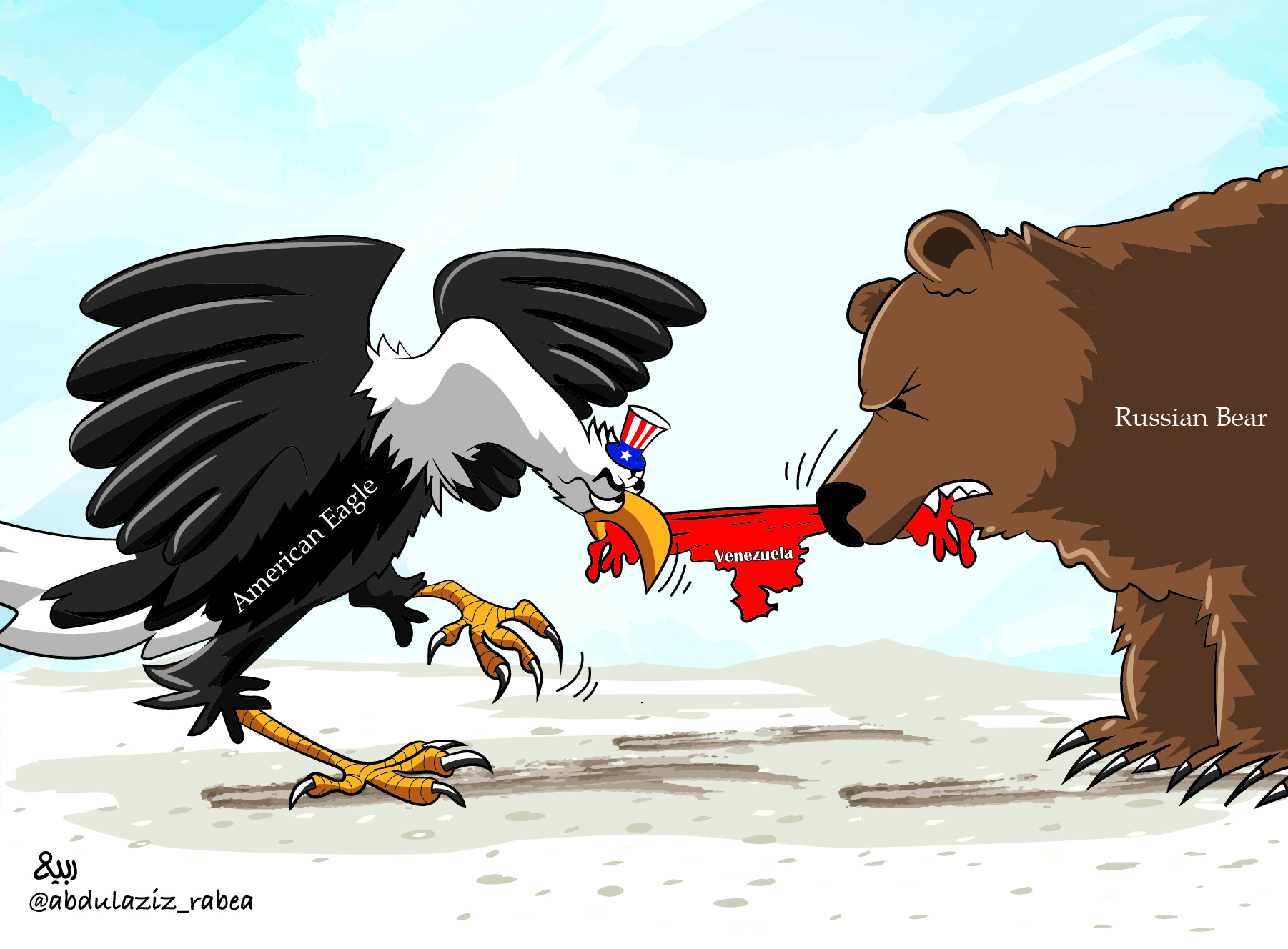
Al-Jouf Region’s Historic Sites Shine a Spotlight on Saudi Arabia’s Rich Heritage
The archaeological sites in Al-Jouf Region are increasingly drawing interest from visitors and heritage enthusiasts. These ancient landmarks, which span thousands of years, reflect the cultural depth and historical richness that define both the region and Saudi Arabia as a whole.
One of the standout sites is the Sisra Well in Sakaka. Carved into rock during the Nabataean era, between the first century BC and the first century AD, the well plunges 15 meters deep. It has an eastern opening that channels water through a carved rock system, irrigating nearby farms.
Another fascinating site is the Columns of Rajajil in Qara, south of Sakaka. Dating back around 6,500 years, the site features 50 groups of sandstone columns, some reaching up to three meters tall. The columns are arranged in such a way that, from a distance, they resemble a group of standing men. This distinctive arrangement is how the site got its name: Rajajil, a local term meaning "a gathering of men."
The Camel Carving Site, located east of Sakaka, is considered one of the rarest sites in the world for life-sized animal sculptures. The site contains 21 rock carvings, including 17 camels, dating from between 5600 and 5200 BC. These carvings are among the earliest and most impressive examples of human creativity in sculpture.
The Heritage Commission plays an essential role in promoting these sites. Through awareness programs and field events, it helps highlight their historical significance. The commission is also dedicated to protecting, preserving, and developing these sites, ensuring their visibility both locally and internationally.








